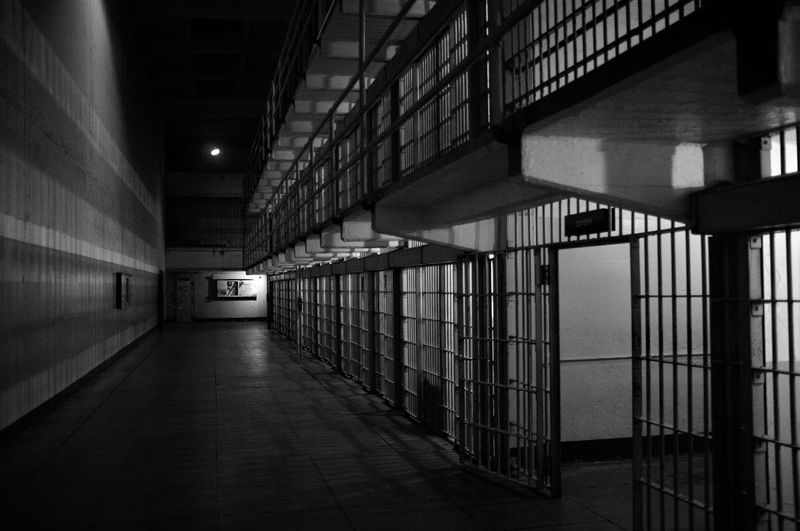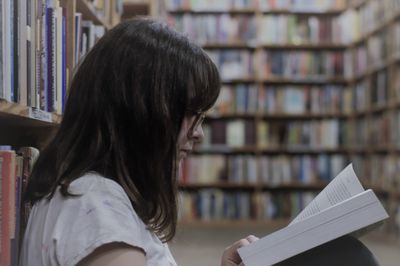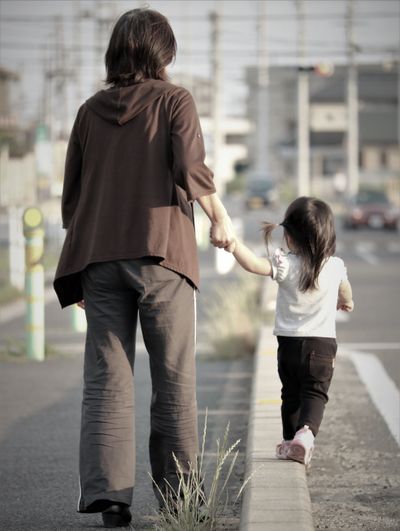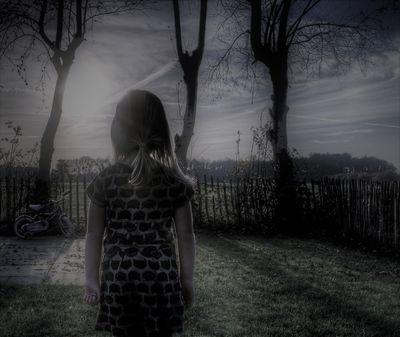Overrepresentation of Indigenous People in Canadian Prisons
The colour of one’s skin and the circumstance of birth based on social and economic values are some leading causes for increased incarnation in prisons. In the United States, the overrepresentation in prisons is among African Americans and Hispanic people. In Canada, the population that is overrepresented in prison is Indigenous people. One of the most identifiable historical examples of confinement in Canada is that of residential schools. The actions of conquest in Canadian history books rely on the language of “assimilation” and “civility” to mask the cruel reality of physical and sexual abuse, and cultural genocide that Indigenous people endured in these schools. Indigenous offenders are disproportionately represented in most provincial, territorial, and federal corrections institutional populations. Indigenous people make up only about 4-5 % of Canada’s overall population as of 2020, but Indigenous incarceration is now more than 30 % of the Canadian prison system. The exact number is unknown, but it is believed to have surpassed 30%. The reality for certain groups of Indigenous people in Canada is that the historical context may differ but the result, in terms of over-involvement in the criminal justice system, is basically the same. Socio-economic inequities and disadvantages that are experienced by African Americans and Indigenous Canadians, especially among the underclass, their over-representation in criminal activities should not be overall surprising. Indigenous people have the highest arrest, incarceration, and crime rates of any group in Canada. While blacks and Indigenous people may participate in more of certain types of crimes, the law itself and its application may produce systemic discrimination. The unique problems of Indigenous people on reserves and in certain urban cities are central to the overrepresentation in the criminal justice and correctional systems.
The communities of Indigenous people and their issues are factored by historical events such as colonization and the creation of the reserve system created. The resulting economic and social structures are quite difficult to navigate and escape. These structures have had profound effects on family life and kinship relations, other community relationships, loss of customary social control practices, movement, and traditional roles and obligations. These issues also become factors that shape and form contemporary Indigenous communities and community life.
In prison, Indigenous offenders serve much harder time than anyone else. atrociousness is built into the system. The criminal justice system remains embedded independently on the usage of confinement which affects both Indigenous and non-Indigenous offenders alike and places Canada among the highest users of imprisonment in the world. Indigenous convicts are placed in minimal-security institutions at just half the rate of their non-Indigenous counterparts. Part of the problem is that the marginalization endured by some Indigenous peoples gets turned into “threaten” intergenerational trauma, alcoholism, a history of abuse, a lack of education, employment, a bank account, or indeed pursuits make it more likely an inmate will be housed in maximum, and categorized “ high risk.” Differential processing may influence systemic or ethnic bias, and practices and policies, similar to incarceration for fine defaulters, may have more severe consequences for Indigenous than non-Indigenous malefactors because of a lesser economic marginalization. The negligence of the justice system in its dealings with Indigenous people and cultural conflict between Indigenous and non-Indigenous society are frequent explanations for the disproportionate confinement of Indigenous people. Beliefs exist that disruption and loss of culture are at the heart of the over-representation phenomenon have led to the belief that reprise in culture is the solution to the over-representation matter. This has been strenuously affected by the politics of self-government, where cultural distinctness is an inherent element. Although the common denominators between Indigenous and non-Indigenous offenders may be greater than the differences, challenges facing Indigenous offenders are moreover rigid and have a historical and cultural proportion that doesn't exist for the non-Indigenous offender. Numerous of the historical heritages and contemporary actualities conforming to Indigenous offending motives likewise condition Indigenous communities. Community justice must, consequently, be located within the reality of communities and within the limitations of any felonious justice system to advance transformative processes.
Reducing the usage of confinement for Indigenous offenders necessitates talking over the issue more considered as the ranking of imprisonment in a country is related to multiple factors far beyond the issue of race. A form of sentencing advocacy aimed to penalize, supervise, and handle confinement-bound offenders in the community which, when utilized, has held a positive effect in reducing the use of incarceration and jail time served. It can also be applied at various stages of the criminal justice process. It differs from diversion and other druthers as it's designed for those individualities who would serve a captivity judgment. The application of community programs has been justified as a more benevolent and cost-effective alternative to confinement and as a tool for reducing imprisonment rates. Based on program strategy and implementation, even so, there's no consistent substantiation to endorse these pretenses. The humanitarian dimension has been challenged on the basis that the multitudinous behavioural restrictions assessed in numerous community programs may be as coercive as confinement and in some cases, more penalizing. Indigenous criminal justice action and interests, in confluence with the broader movement of restorative or popular justice, give some optimism that different ways of dealing with crime and offenders are attainable. Underpinning any policy development with respect to Indigenous peoples in Canada are the fundamental issues of historical and ongoing colonialism, systemic demarcation, social and profitable marginalization, and culture clash. Prostrating those major and persistent challenges should be the initial aim of governments, as well as Indigenous organizations and communities. Significant progression toward the achievement of that goal will eventually set the conditions whereby justice policy will indeed be suitable to make favourable and long-enduring changes for Indigenous people. Overrepresentation might furthermore become something of the past.






